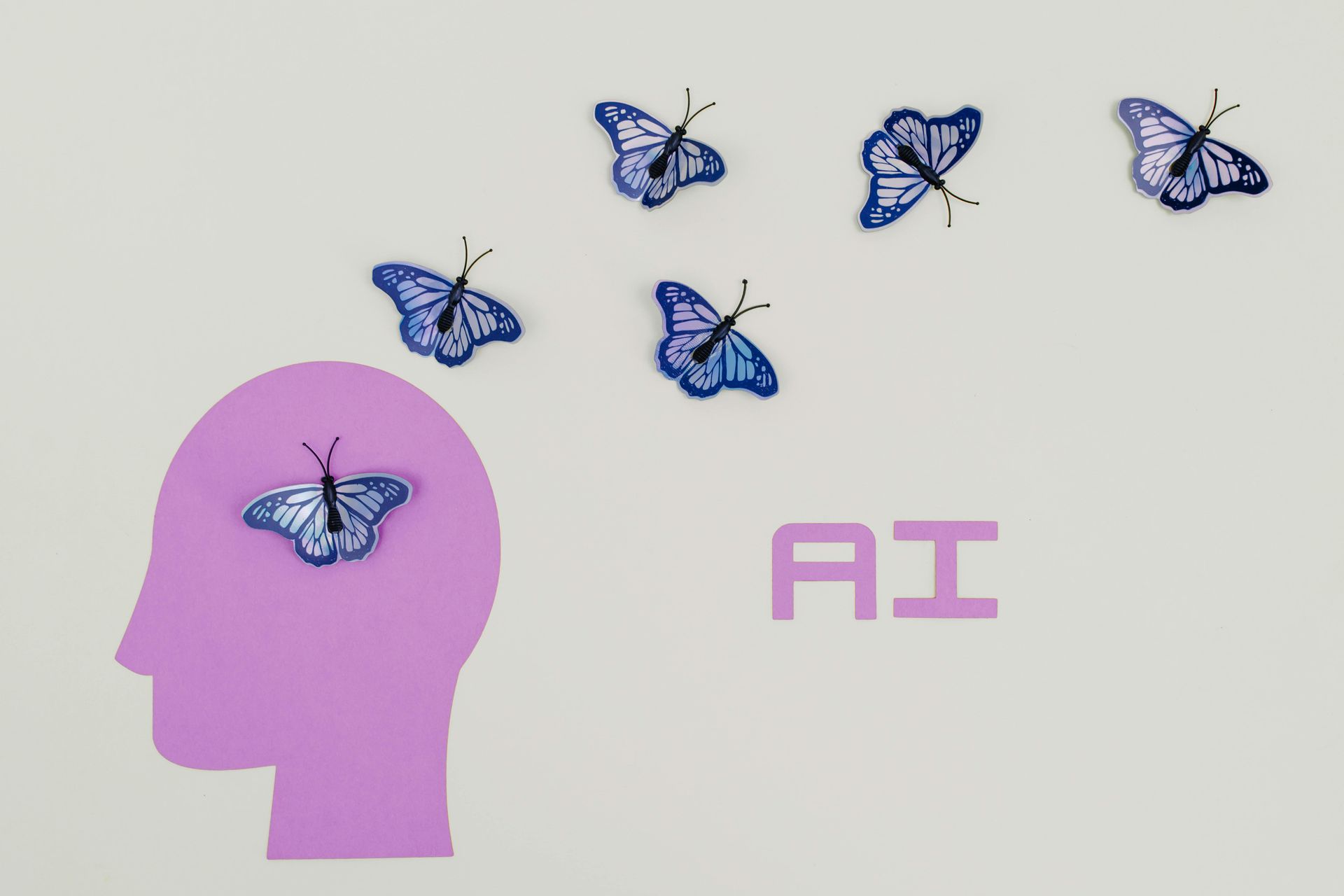The hum of human activity powering our businesses is increasingly being complemented, and in some cases superseded, by the silent efficiency of workflow automation. From routing emails and processing invoices to managing complex supply chains, automation has already revolutionized how we work. But the journey is far from over. As we head towards 2030, the convergence of Artificial Intelligence (AI) and Business Process Automation (BPA) promises a future of work that is more intelligent, adaptive, and ultimately, more human-centric.
Right now, BPA often relies on predefined rules and structured data. Think of it as a well-orchestrated machine following a precise blueprint. AI, on the other hand, brings the power of learning, reasoning, and decision-making to the table. In the next 10 years, the lines between these two will blur significantly, giving rise to a new era of Intelligent Automation (IA). This isn't just about automating tasks; it's about automating intelligence.
The Rise of Intelligent Automation (IA)
Over the next five years most teams will witness a dramatic shift from basic RPA (Robotic Process Automation) to more sophisticated IA solutions. Here’s what to look forward to:
- Hyperautomation Will Become the Norm: Gartner defines hyperautomation as "an approach that enables the automation of anything in the organization that can be automated." By 2030, organizations will move beyond automating individual tasks to orchestrating end-to-end processes across various departments. This will involve a combination of RPA, AI, Machine Learning (ML), low-code/no-code platforms, and other advanced technologies working in concert. Imagine a scenario where a customer service inquiry triggers an automated process that not only answers the query using AI-powered chatbots but also initiates a resolution workflow involving multiple systems, schedules a follow-up, and updates relevant records – all without significant human intervention.
- AI-Powered Decision Making: Current BPA systems primarily execute predefined rules. Future IA will embed AI to enable systems to make intelligent decisions based on real-time data analysis. For instance, in procurement, an AI-powered system could analyze market trends, supplier performance, and inventory levels to automatically negotiate contracts and place orders at the optimal time and price. Similarly, in finance, AI could analyze vast datasets to identify fraudulent transactions or predict cash flow with greater accuracy, triggering automated alerts and preventative actions.
- Personalized and Adaptive Workflows: Today’s workflows are often static and one-size-fits-all. By 2030, AI will enable the creation of dynamic and personalized workflows that adapt to individual user needs and preferences. Imagine a learning management system that automatically adjusts the curriculum and pace based on a student’s progress and learning style, or a sales process that tailors its steps based on the prospect's engagement and history. This level of personalization will enhance efficiency and improve user experience significantly.
- The Rise of Cognitive Automation: This goes beyond basic task automation to encompass tasks that require human-like cognitive abilities such as understanding natural language, processing unstructured data (like emails, documents, and images), and problem-solving. AI-powered tools will be able to extract meaningful insights from unstructured data, automate complex document processing, and even assist in creative tasks like content generation and design. For example, an AI could analyze customer feedback from various sources, identify key themes and sentiments, and automatically generate reports or even suggest product improvements.
- Human-AI Collaboration Will Flourish: The future of workflow automation isn't about replacing humans entirely. Instead, it's about creating a symbiotic relationship where humans and AI work together seamlessly, leveraging each other's strengths. AI will handle repetitive, data-intensive tasks, freeing up human employees to focus on more strategic, creative, and empathetic work. Imagine a doctor using AI to analyze medical images and patient data, allowing them to spend more time interacting with and caring for their patients.
Technologies Driving the Future of Workflow Automation
Several key technologies will fuel this transformation:
- Natural Language Processing (NLP): Advancements in NLP will enable machines to understand and process human language with greater accuracy, facilitating more natural interactions with automation systems and enabling the automation of tasks involving text and speech.
- Machine Learning (ML): ML algorithms will allow automation systems to learn from data, identify patterns, and improve their performance over time without explicit programming. This will be crucial for enabling adaptive and intelligent workflows.
- Computer Vision: The ability for machines to "see" and interpret images and videos will unlock new automation possibilities in areas like quality control, security, and logistics.
- Low-Code/No-Code Platforms: These platforms will empower non-technical users to build and deploy automated workflows, democratizing automation and accelerating its adoption across organizations.
- Edge Computing: Processing data closer to its source will reduce latency and enable faster decision-making for real-time automation applications, particularly in areas like IoT and industrial automation.
How To Implement IA
The widespread adoption of intelligent automation by 2030 will have profound implications for businesses and individuals:
- Increased Efficiency and Productivity: Automation will streamline processes, reduce errors, and accelerate task completion, leading to significant gains in efficiency and productivity.
- Enhanced Customer Experience: Personalized and responsive automated systems will contribute to improved customer satisfaction and loyalty.
- New Job Roles and Skill Requirements: While some routine tasks may be automated, new job roles focused on designing, implementing, and managing intelligent automation systems will emerge. Employees will need to develop skills in areas like AI literacy, data analysis, and human-machine collaboration.
- Ethical Considerations and Governance: As AI plays a more significant role in decision-making, ethical considerations around bias, transparency, and accountability will become increasingly important. Robust governance frameworks will be needed to ensure responsible AI deployment.
- The Need for Continuous Learning and Adaptation: The landscape of AI and BPA is constantly evolving. Organizations and individuals will need to embrace a culture of continuous learning and adaptation to stay ahead of the curve.
Future-proofing IA For Teams
With the rise of intelligent automation, it will require a strategic and thoughtful approach by teams. Organizations will need to:
- Develop a Clear Automation Strategy: Identify key processes that can benefit from automation and define clear objectives and desired outcomes.
- Invest in the Right Technologies and Talent: Choose automation tools and platforms that align with their specific needs and invest in training and upskilling their workforce.
- Foster a Culture of Collaboration: Encourage collaboration between IT, business users, and data scientists to ensure successful automation initiatives.
- Prioritize Ethical Considerations: Implement safeguards and governance frameworks to ensure the responsible and ethical use of AI in automation.
- Embrace Agility and Experimentation: Be willing to experiment with new automation technologies and adapt their strategies based on results and evolving trends.
The convergence of AI and BPA is poised to reshape the future of work as we know it. Soon, intelligent automation will be a pervasive force, driving unprecedented levels of efficiency, innovation, and personalization. While challenges and considerations exist, the potential benefits of a future where humans and intelligent machines work collaboratively are immense. Ready to learn more? Schedule a demo to explore our features and discover how it can transform your organization’s ROI using workflow automation.






